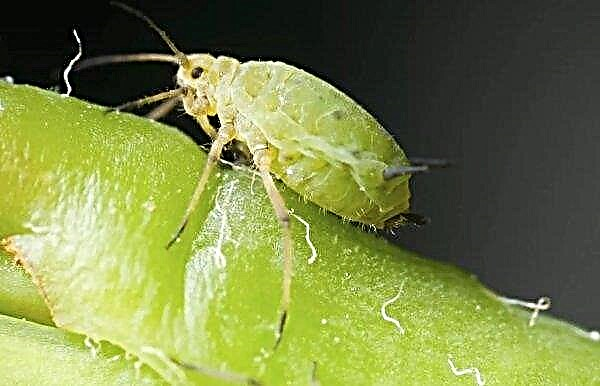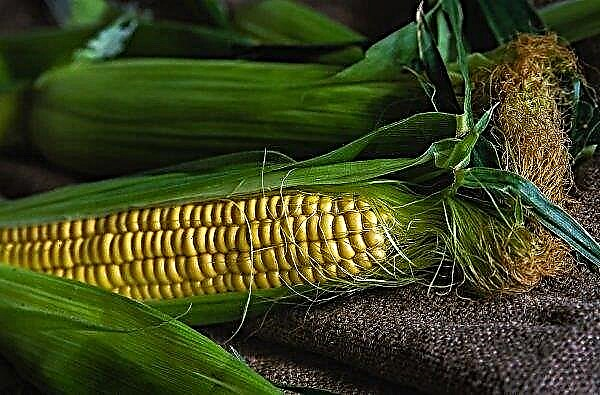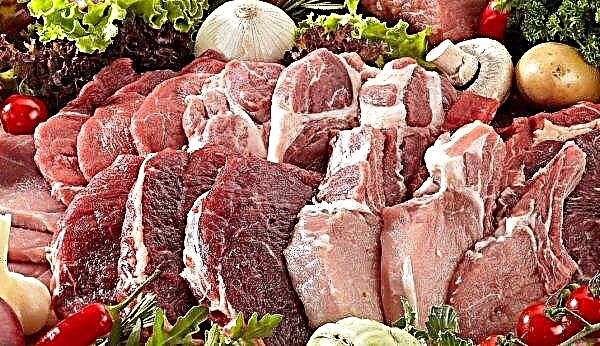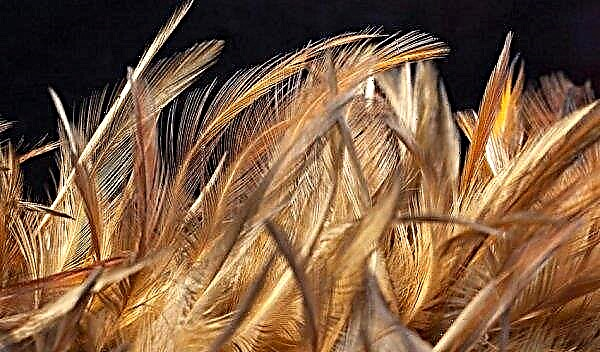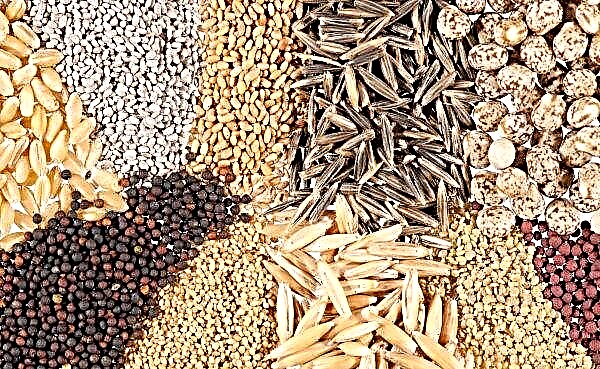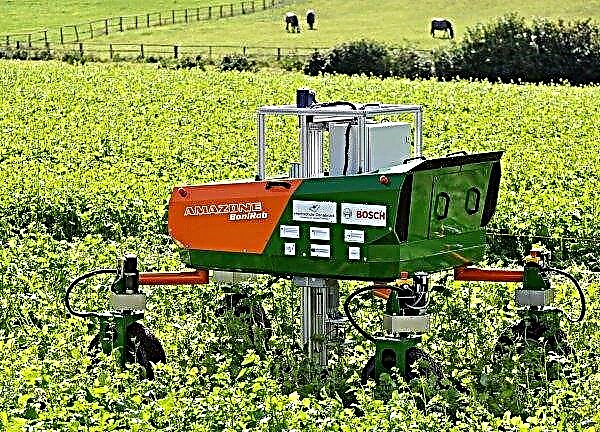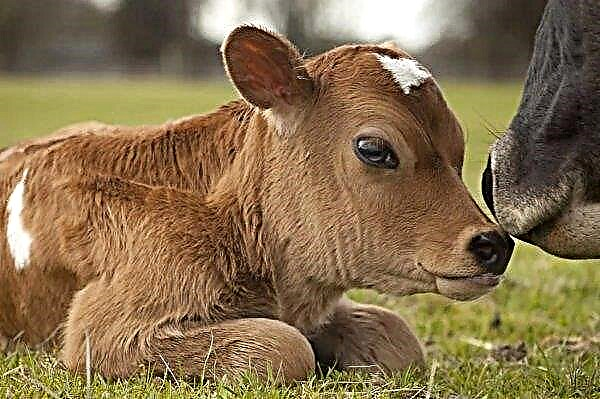Futures markets suggest that prices for most Canadian cows and pigs will remain at a five-year average, but higher than last year.
In 2019, prices for live Canadian cattle averaged 150 Canadian dollars per 1 kg, which gives a projected revenue growth from 2018 by 10.8%. Canadian feed prices are projected to average CAD 148 per tonne.
Earlier, we wrote that, the British cattle market shows the first signs of recovery

Industry development trends are as follows:
- Changes in food preferences, although domestic demand for products remains high. Retail prices for beef rose by 3.5% in 2019 compared with 0.7% for pork and 3.0% for chicken. The global gap between pork supply and demand is expected to raise prices.
- The possibility of restoring the pig population in China. Despite the fact that pork production in China decreased by 20% in 2019, Chinese plants are recovering, and the pace is faster than expected.
- A trade agreement between the US and China may have mixed results for Canadian livestock producers. The abolition of the Chinese pork export tax in the United States could lead to a significant increase in pig prices. The agreement includes harmonization of trade rules in the beef sector, which can be extended to Canadian exporters.
- Testing the sustainability of global and Canadian economies. A 2020 overnight rate cut is expected to support the stability of the Canadian economy. The Canadian dollar rose against the US dollar in 2019.
- An outbreak of coronavirus can weaken the demand for meat. Financial markets reacted quickly, fearing that a large-scale and global outbreak could slow global growth. Red meat consumption is a function of global income.
- Market access for Canadian red meat exports is expanding. The implementation of the trade agreement between Canada, the United States and Mexico is expected in the second half of 2020. Although access to markets under the agreement remains unchanged, ratification of the agreement brings some certainty.
Did you know? Canada’s agricultural sector employs 5% of the country's population; it accounts for 9% of GDP and 11% of export value.
- Ireland was the only country to increase meat production in the first four months of the year.
- On Thursday, May 30, futures for cattle and pigs on the Chicago Mercantile Exchange closed mainly with a decline, and the growth of the corn market put pressure on livestock contracts.
- At the Chicago Mercantile Exchange (CME) on Thursday, June 6, rising corn prices led to a drop in futures for feeder livestock, while deferred livestock futures jumped early in the day amid signs of short coverage.

